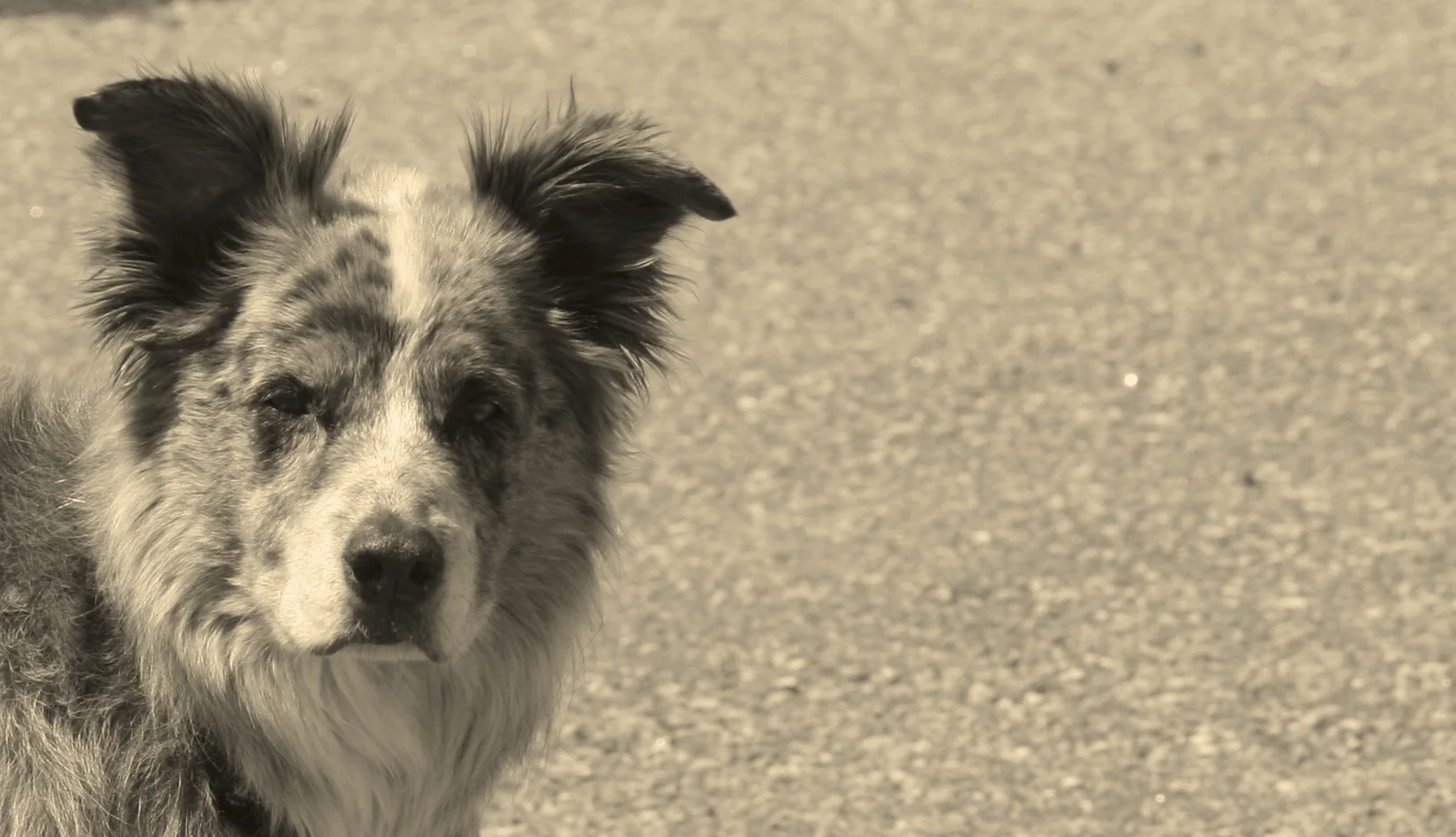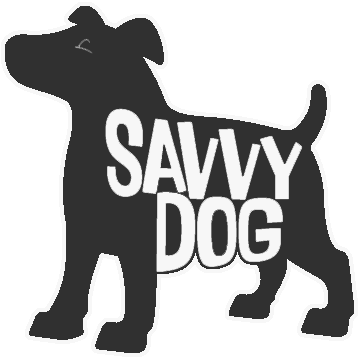"My dog should do what I say because I say so, not because I bribe him with food". I've seen and heard this opinion often regarding the use of food to train dogs. And, I agree. AND, I TRAIN WITH FOOD. Lots of food.
Say WHAT?
I agree that your dog should respond to your requests without the use of food as a bribe. No argument from me there. The trick is getting to that "do what I say because I say so" part. There are basically two ways to get your dog to do what you say: 1) Use of force or 2) Use of rewards. It's basic learning theory and yes, either approach can get results.
This post, however, will focus on door #2 and address how and why food can be such a powerful training tool. Bottom line: food is highly motivating to most dogs and is typically the fastest way to get them to engage with you. And when they're engaged, you can teach them stuff. And they listen to you. And they are motivated to do whatever you say because they associate obeying you with earning a reward.
However, it's very easy to use food incorrectly and end up with a dog who doesn't listen to you at all unless you're dangling a tasty morsel in front of their nose....and that's not engagement. What it all boils down to for me is understanding the difference between a BRIBE and a REWARD.
A BRIBE = food is presented PRIOR to asking your dog to do something. It becomes a required condition for them to respond.
- "Look Rex...I've got a BONE for you...please come here!!" (said pleadingly while holding out a huge treat and wagging it enticingly at Rex)
- "Who wants a TREAT? Come on, Rex....TREAT time....let's go....please come here Rex....TREAT! TREAT! TREAT??"
In both of these scenarios, Rex has been conditioned to only listen and respond when food is directly involved and he requires proof that it's worth his while to do so.
In the first example, Rex needs to see the bone in hand to come-a-runnin'. So you're out of luck if you don't have THE BRIBE in hand to get his attention.
The second example is slightly better in that Rex has been conditioned to associate the word TREAT with food, so you may be able to get away with getting him to come even if you don't have the goods. However, Rex has also been conditioned to need to hear the word over and over for action to occur. And, if his action is not followed up with a treat, it won't take long for the word to lose it's allure and he'll stop responding.
A REWARD = food is presented AFTER your dog correctly responds to your cue. It is earned and should not be visible when the request is made. Also, it's use should eventually be "faded" once a behavior is learned and is "proofed". (becomes automatic to the dog under distraction)
However, rewards can also take the form of "life rewards" such as playing a game of tug or fetch, receiving a belly rub or getting praised. So, in theory, food isn't a requirement as a reward, especially if your dog is highly motivated by something else. But if used correctly, it can have the fastest impact on gaining their engagement and respect, or as we like to call it, being The Ice Cream Man!
So, teach us something, o wise one...please, please....we want to EARN a reward!
So how do I make sure I'm using food correctly? And how do I keep my dog from gaining too much weight? Below are some general guidelines to making food your friend and your dog "putty in your hands"!
- Food is most effective when it's given as close to your dog responding to your request as possible. You want them to associate their behavior with getting the reward, but only AFTER they have earned that reward. The most effective way I have found to tie the behavior to the reward precisely is through the use of Marker Training, aka Clicker Training (with or without the clicker). Some good books on this topic can be found on the Resources page.
- Food should not be visible to the dog until they have done what you ask. No holding a treat out and saying "Sit" or "Come"!
- The exception to rule #2 is when you're training a specific behavior using a lure. Using food as a lure is done to show the dog what you're wanting them to do and should be faded as quickly as possible so as not to become a bribe.
- When you're initially teaching a behavior, the rate of reinforcement should be high - very frequent and 100% of the time. As the dog learns what is expected, you can begin to "fade" this rate, ideally on a random schedule so the dog doesn't begin to anticipate. Your goal is to get to where the behavior is so automatic to the dog that a reward isn't expected.
- The slot machine theory: Even though fading the reward is important, I still like to reward behaviors randomly to keep overall engagement "primed". Think of it like playing the slots - knowing that a reward may be coming keeps you putting your money in the machine. But if you never, ever win anything, your motivation to keep playing disappears. It's kind of the same way with our dogs if they never get rewarded for good behavior.
- Vary the types of food depending on what and where you're attempting to train. Roasted chicken is typically of higher value and therefore more motivating to a dog than their everyday kibble dog food. If you want to keep your easily distracted or reactive dog focused on you during a walk, freeze-dried liver will compete much better with those pesky squirrels than say, a stale Milk Bone.
- Food used for training should be small, bite-size or less pieces. I like to aim for the size of a pencil eraser, plus or minus 50%. And to keep from overfeeding, I like to utilize all or part of their normal meal. For situations where you need a higher value reward, you can "enhance" the kibble by drizzling some chicken or beef broth over it, shaking it up and keeping it in the fridge.
So, DO NOT BE AFRAID OF THE FOOD! Try using it wisely and with purpose and you'll be amazed at how focused and engaged your dog will become!




